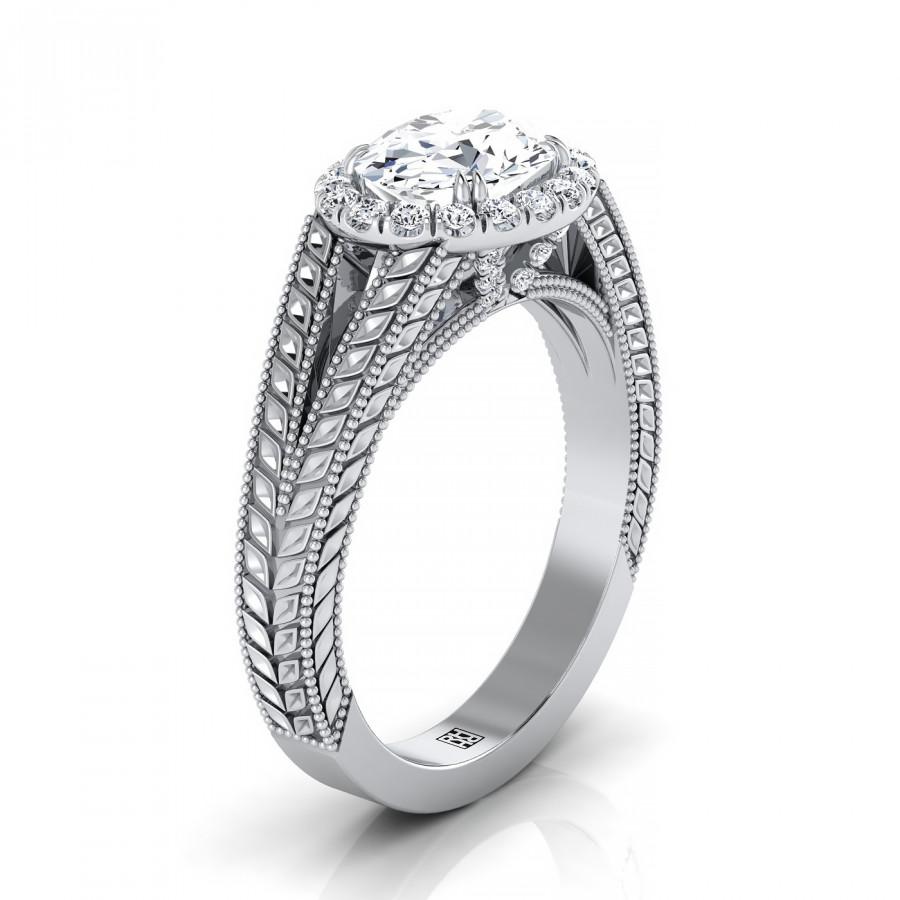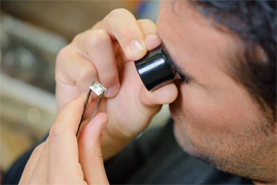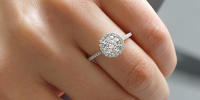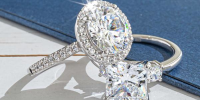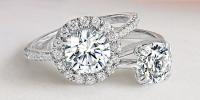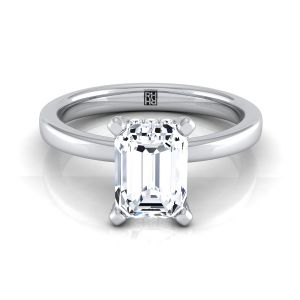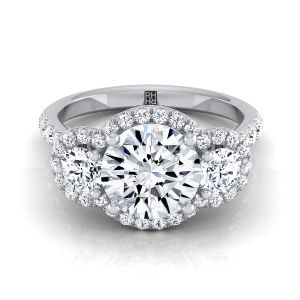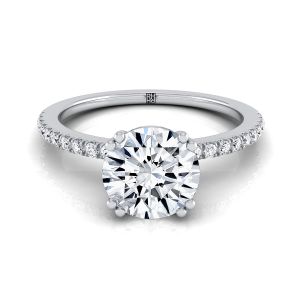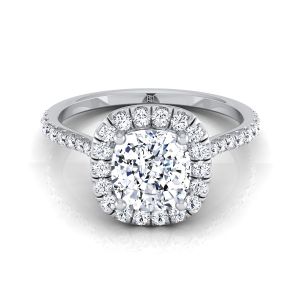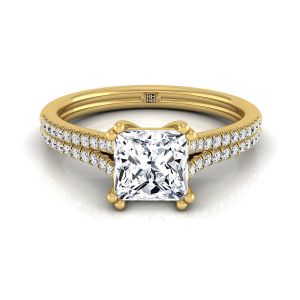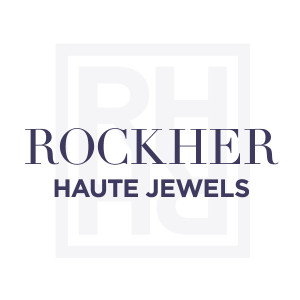
Come to think of it, you rarely see any of the lower color options when looking for, say, a
yellow diamond antique ring.
The reason behind this is that at those times in history when these
gems were produced, warmer
yellow colors did not pay much. When the Ideal
round brilliant came on the scene, most of the colorless
antique diamonds were taken back in, or bought, to be
cut into this
shape. Doing the same to the
yellow varieties being unviable, those stone have survived in their relatively irregular
shapes, up until now.

The most famous instance of a rare
antique stone of the old mine
cut being saved this way was the Wittelsbach Blue
Diamond, a 36.56-
carat gem that was bought by a diamantaire in the nick of time and preserved just as it was. Laurence Graff bought it from him and had a re-
cut done, but the original
shape survived. That means today, anyone seeing the
stone can easily connect it to the famed piece it once was.
 Come to think of it, you rarely see any of the lower color options when looking for, say, a yellow diamond antique ring.
The reason behind this is that at those times in history when these gems were produced, warmer yellow colors did not pay much. When the Ideal round brilliant came on the scene, most of the colorless antique diamonds were taken back in, or bought, to be cut into this shape. Doing the same to the yellow varieties being unviable, those stone have survived in their relatively irregular shapes, up until now.
Come to think of it, you rarely see any of the lower color options when looking for, say, a yellow diamond antique ring.
The reason behind this is that at those times in history when these gems were produced, warmer yellow colors did not pay much. When the Ideal round brilliant came on the scene, most of the colorless antique diamonds were taken back in, or bought, to be cut into this shape. Doing the same to the yellow varieties being unviable, those stone have survived in their relatively irregular shapes, up until now.
 The most famous instance of a rare antique stone of the old mine cut being saved this way was the Wittelsbach Blue Diamond, a 36.56-carat gem that was bought by a diamantaire in the nick of time and preserved just as it was. Laurence Graff bought it from him and had a re-cut done, but the original shape survived. That means today, anyone seeing the stone can easily connect it to the famed piece it once was.
The most famous instance of a rare antique stone of the old mine cut being saved this way was the Wittelsbach Blue Diamond, a 36.56-carat gem that was bought by a diamantaire in the nick of time and preserved just as it was. Laurence Graff bought it from him and had a re-cut done, but the original shape survived. That means today, anyone seeing the stone can easily connect it to the famed piece it once was.









